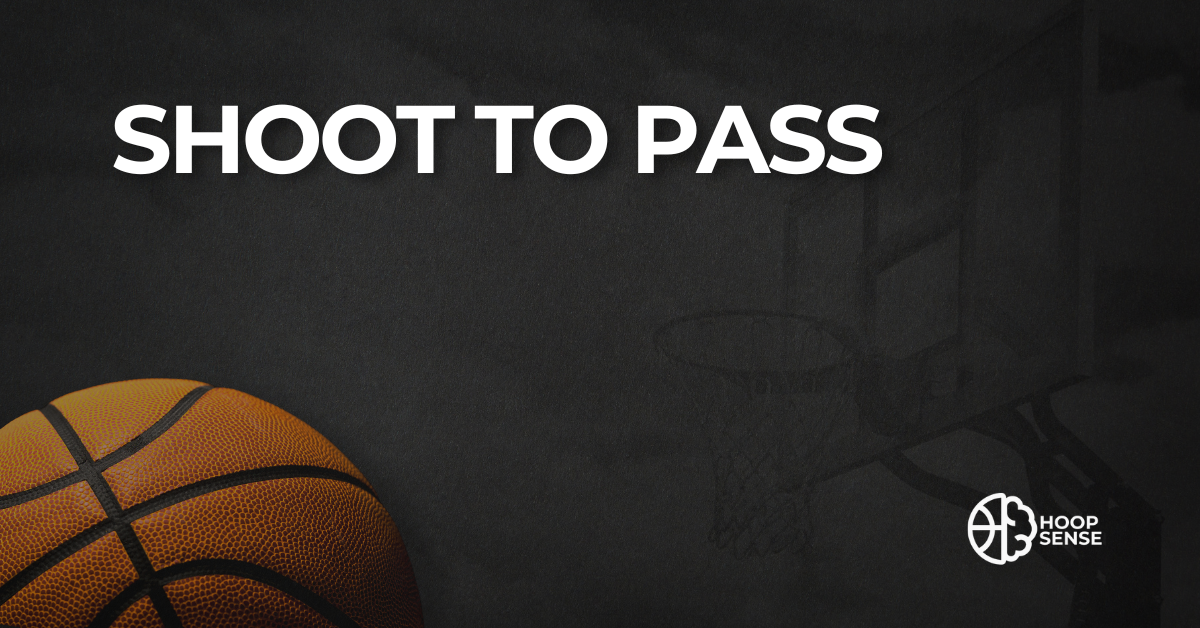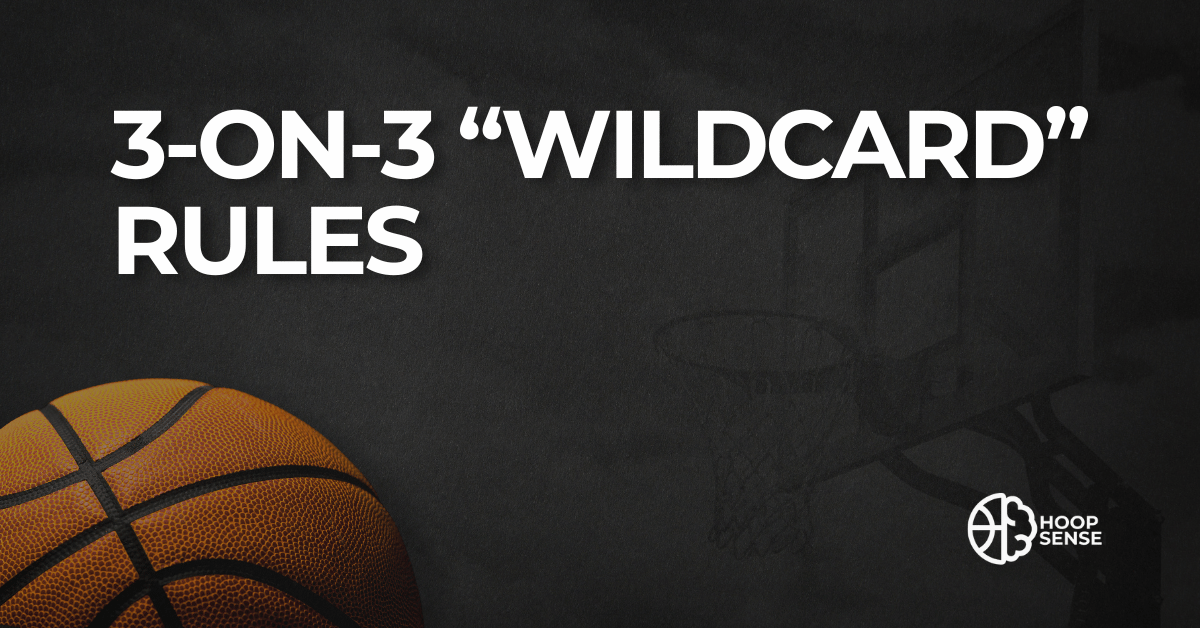
Teach your players an easy-to-understand motion offense system at any age level with eight simple principles for better spacing, cutting, and teamwork.
Motion offense has become one of the go-to styles of play over the last decade — and for good reason.
When it’s taught correctly, it develops smarter players, teaches real basketball principles, and scales from beginner youth teams all the way to high-level high school programs.
The problem?
Most coaches run into two major issues:
Result: chaos, frustration, and the inevitable “maybe we should just run set plays” conversation.
But if you teach motion the right way — with clear rules, habits, and progressions — it becomes the best offensive system you can run at any age level.
In this guide, you’ll learn how to build a simple, scalable motion offense from scratch, following eight key principles.
👉 Watch the full breakdown here
At HoopSense, our philosophy is heavily influenced by European basketball — where players grow up playing 5-Out motion offense, learning how to move, cut, and read the game without relying on scripted sets.
Motion offense teaches kids:
Done right, it’s the best system for building confident, skilled players who can play anywhere.
Here’s the foundation we use to teach motion offense at every level — from 2nd graders to varsity players.
First and foremost: spacing wins.
Your players must understand how to stay wide, balanced, and ready to attack.
We space five players around the perimeter:
Sometimes one player slides into the scoring corner (more on that later), but the principle stays the same: keep the floor wide.
Simple cue:
“If you’re standing next to a teammate, you’re wrong.”
Every player must be able to play every spot on the floor.
No “bigs who can’t dribble” or “guards who can’t post.”
Train every player to pass, dribble, shoot, cut, and screen — no excuses.
Simple cue:
“If you’re on the floor, you’re a basketball player — not just a ‘position.’”
Maybe the most overlooked part of motion offense:
When players catch the ball, they must look to score first.
Most youth players catch, panic, and immediately look to pass.
Instead, teach them:
Simple cue:
“Every catch is a chance to score.”
Every time you pass — you cut.
No standing and admiring. No ball-watching.
Pass → Cut hard → Look for scoring opportunity.
Options after a pass:
Simple cue:
“If you pass and just stand there, you’re guarding yourself.”
When a player drives right, everyone moves right.
When a player drives left, everyone moves left.
This keeps spacing intact and opens up cutting and passing lanes behind the drive.
Simple cue:
“Follow the drive — don’t clog it.”
Whenever a player drives toward the ball-side corner, the player in that corner must backcut.
Simple cue:
“If the ball comes at you, backcut now.”
The scoring corner (sometimes called the “dunker spot”) is the area halfway between the block and the corner three.
We love using this spot because:
Simple cue:
“Hang out in the scoring corner, but stay ready to finish.”
When starting out, no ball screens allowed.
Why?
Because most youth players over-dribble, misuse screens, and jam up spacing.
Focus first on:
Limit dribbling unless it’s:
Simple cue:
“Move your body before you move the ball.”
Here’s how all these principles connect in real game situations:
It’s simple, fluid basketball.
No memorization. No play calls every trip down.
And the beauty?
Players who master this style can fit into any system later in their careers.
Teaching motion offense isn’t a lecture — it’s repetition and reinforcement.
Some ways we train motion concepts:
The goal: turn the 8 principles into automatic habits.
To help coaches and players visualize these concepts clearly, we use the HoopsGeek Play Creator.
It’s hands-down the fastest way to diagram:
You can customize, animate, and share plays in minutes — way easier than sketching it out by hand.
👉 Try HoopsGeek Play Creator free here.
Motion offense is often made way too complicated.
The truth is: if you get your players moving, spacing, cutting, and thinking the game — you win.
Teach the 8 principles.
Reinforce them daily.
Add layers as players mature.
Simple is smart.
Simple works.
And your team will look like they’re running “complicated offense” — even if you’re just sticking to the basics better than everybody else.

